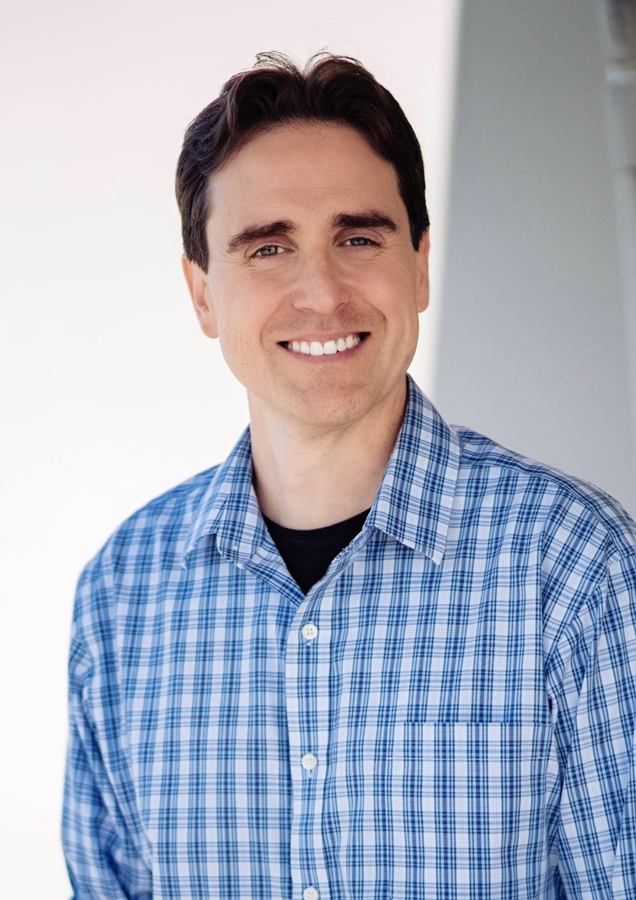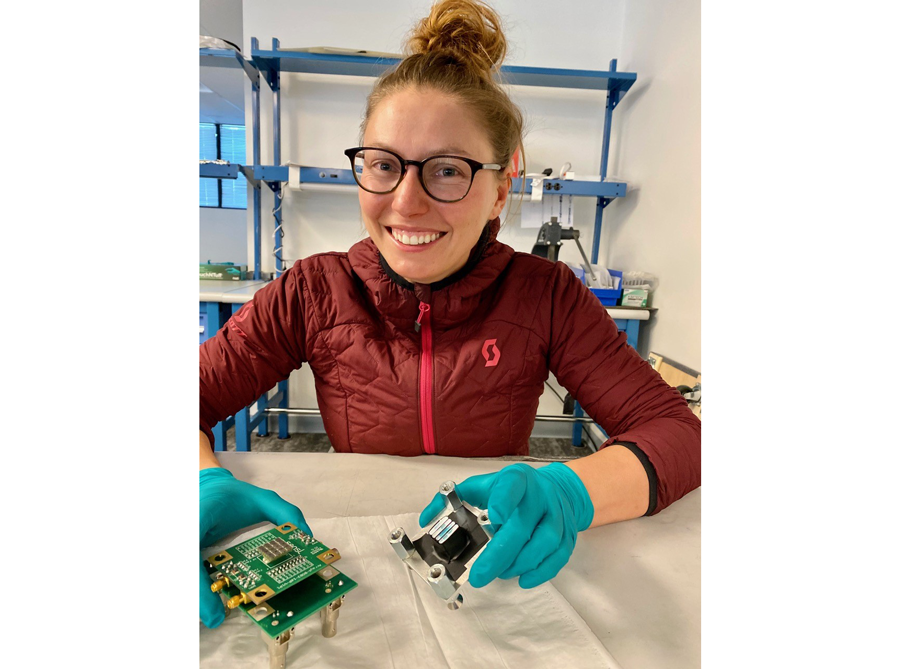Envision a new clean-energy technology that is abundant, safe and produces affordable, non-carbon-based electricity. This process has been studied and developed for decades. Thanks to scientists, big private investors and government sponsored physics laboratories, this technology – fusion – is on the cusp of becoming an important source of clean energy.
At the first ever White House summit on fusion in March 2022, Kim Budil, director of Lawrence Livermore Laboratory said, “Fusion energy is the grand scientific challenge of our time, and it’s going to require significant innovation and real leadership to realize it. It [2021] has been a great year for fusion. We’ve had enormous breakthroughs in both magnetic fusion and inertial fusion that really make fusion realistic.” Geraldine Richmond, undersecretary for science and innovation at the Department of Energy, added, “Fusion promises to be a clean source of energy for the future. It will enable us to address our climate crisis, ensure U.S. science and technology leadership, and benefit our economy and national security. And we at DOE are here to make this happen in close partnership with the research community, private industry and other important stakeholders.”
So, what is fusion? Fusion is a reaction that takes place when super-heated atoms are combined within a controlled environment and bond together, or fuse. The merger of atoms creates one slightly heavier atom and excess mass in the form of a “spare” neutron or electron. As Einstein discovered, energy and mass are interchangeable. Remember E=mc2 ?
There are two pathways to sustainable fusion being developed by more than thirty organizations in the United States today. Magnetic confinement fusion heats fuel to a temperature so high, electrons break off the feedstock and nuclei fuse together into a substance called plasma. Once the plasma is created, various magnetic systems configure and confine the plasma. Inertial confinement fusion targets a tiny capsule of atoms with enormous lasers. The lasers strike the capsule from multiple angles, compressing the material until fusion occurs. Both pathways have been demonstrated successfully by government laboratories and private fusion researchers.

Helion Energy, based in Everett, Washington, is one of the largest private companies working in fusion. Helion’s founders, Dr. David Kirtley, Dr. George Votroubek and Chris Phil first met at MSNW, a University of Washington spin-off laboratory. “We were working on plasma propulsion systems for rockets on behalf of NASA and the Department of Energy,” says Kirtley, “and we saw the beginnings of what now looks like Helion’s fusion machines.”
The founders formed Helion in 2013 and “shifted from working on propulsion systems to fusion energy systems because we saw that what we were creating could make a huge positive impact on the world,” says Kirtley. Helion won its first venture capital backing in 2014 from well-known investor Sam Altman, who recently became Helion’s executive chairman. Altman was joined in Helion’s recent $500 million Series E funding round by venture capitalists Mithril Capital, Dustin Moskovitz and sustainability-focused Capricorn Investment Group. This money will pay for the buildout of Helion’s seventh-generation system, Polaris, which is expected to demonstrate net electricity from fusion within the next thirty months.
Dr. Rachel Ryan is responsible for designing and building many of the tools and processes that make Helion’s unique system work. “I like solving important and interesting problems,” Ryan says. Her role at Helion includes designing, building and calibrating tools used in the fusion system. “My job is getting the technology right, safely and quickly.”
Helion’s pulsed magnetic system uses fuel of deuterium (found in seawater) and a helium isotope. The reactor’s magnets capture induced current and deliver it as usable product without the typical intermediary step of heating water to create steam to run a turbine. Bypassing a “low-efficiency, capital-intensive process” is part of what differentiates Helion’s product.
An additional $1.7 billion has been committed by the investors as technical milestones are met. This funding is intended to build power generation systems in a space the size of a shipping container that can deliver 50 megawatts (MW) of electricity per unit. The units can be connected in series for larger electrical power needs. For scale, a 50MW generating unit powers about 40,000 homes.
“Helion is designing 50 MW systems because that size allows us to iterate quickly, but also produce electricity in a way that is meaningful to the grid,” says Kirtley.

“The fundamental goal of fusion is the production of firm baseload power that is dispatchable on demand,” says Andrew Holland, CEO of the Fusion Industry Association (FIA). “This electricity will be produced in power stations equipped with systems that run on fusion instead of carbon-intensive fuels.”
Holland stated that there are at least twenty-three companies working on fusion globally. To be successful, fusion power must be cost-competitive with other clean energy sources such as solar and wind, as well as fossil fuels with carbon capture and storage. “This is no longer pie in the sky,” Holland says. “We expect the industry’s ‘Kitty Hawk moment’ will arrive in a time frame that is economically relevant,” and points to the over $3 billion committed by private investors to fusion development as proof. “These folks are purely commercially driven. Unlike other forms of clean energy, there are currently no tax incentives for the development of fusion.”
As the leader of the FIA, Holland believes where an industry gets its start is very important. “There is an economic advantage to being the first at-scale nation. Think about Detroit for cars or Seattle for aerospace. The knowledge base, the wealth creation is concentrated.” He views the various routes companies are taking toward commercial fusion as entrepreneurship at work. “There’s a range of products, just like a Hummer versus a Smart car. So, some companies are working on systems in the 50MW size, others are doing 350MW, and then there are much smaller systems measured in kilowatts for space travel.”
Another benefit to commercial fusion when it comes online is that it is always available. There is no need for storage, as with other green energies. Fusion generators will be as flexible to operate as a gas-powered electrical plant, but with a zero-carbon footprint. “Fundamentally, commercial fusion will change energy from a resource taken out of the ground to a manufactured good,” says Holland. “With enough resources, expect demonstration power on the grid by 2030.”
The Fusion Five withDr. Rachel Ryan
How did you get into physics?
I knew I wanted to study science or engineering after high school. I was attracted to the Colorado School of Mines by the school’s small size and enthusiastic community, and really enjoyed physics. I selected the University of Washington for my PhD and joined the Muon Group. We were looking for a new method to measure a proton’s radius by smashing atoms in an accelerator and measuring reactions in the muons, which are like heavy electrons. A big part of my work was building detectors to get information on small particles.
What led you to fusion?
It’s funny – I was performing experiments for my dissertation at the Paul Scherrer Institute’s DD neutron generator in Switzerland, looking at the decay rate of muons inside deuterium gas. And I kept getting DD fusion as a background reaction to the process. I worked to minimize the fusion, because it got in the way of my data collection on muons. And in building tools and processes for dealing with inadvertent fusion, I learned a lot about it.
Why Helion?
When I was wrapping up my doctorate, I looked at teaching and research institutes, but I was interested in the startup world. I wanted to try out a non-academic environment. Startups have more funding, which lets you buy more equipment, which lets you work through a timeline faster than the typical publicly funded laboratory. One day I was casually scrolling through LinkedIn jobs and noticed Helion’s post for a fusion scientist, and thought, why not apply?
What is your typical day like?
I don’t have a typical day! Variability is one of the things I like best about my job. Some days I design and build new tools. Other days I calibrate existing systems. I analyze data, and formulate new approaches based on the analysis. I like solving important and interesting problems.
Any surprising downtime favorites?
Well – I start my day with Olympic weightlifting. I got into it during the pandemic as a way to work out on my own, although now I go to a gym. I also like sailing and back-country skiing. We have a lot of snowy volcanos here in the Pacific Northwest and it’s great to be able to enjoy them all year long.
Elizabeth Wilder is a freelance writer based in Houston, Texas.
Oil and gas operations are commonly found in remote locations far from company headquarters. Now, it's possible to monitor pump operations, collate and analyze seismic data, and track employees around the world from almost anywhere. Whether employees are in the office or in the field, the internet and related applications enable a greater multidirectional flow of information – and control – than ever before.




